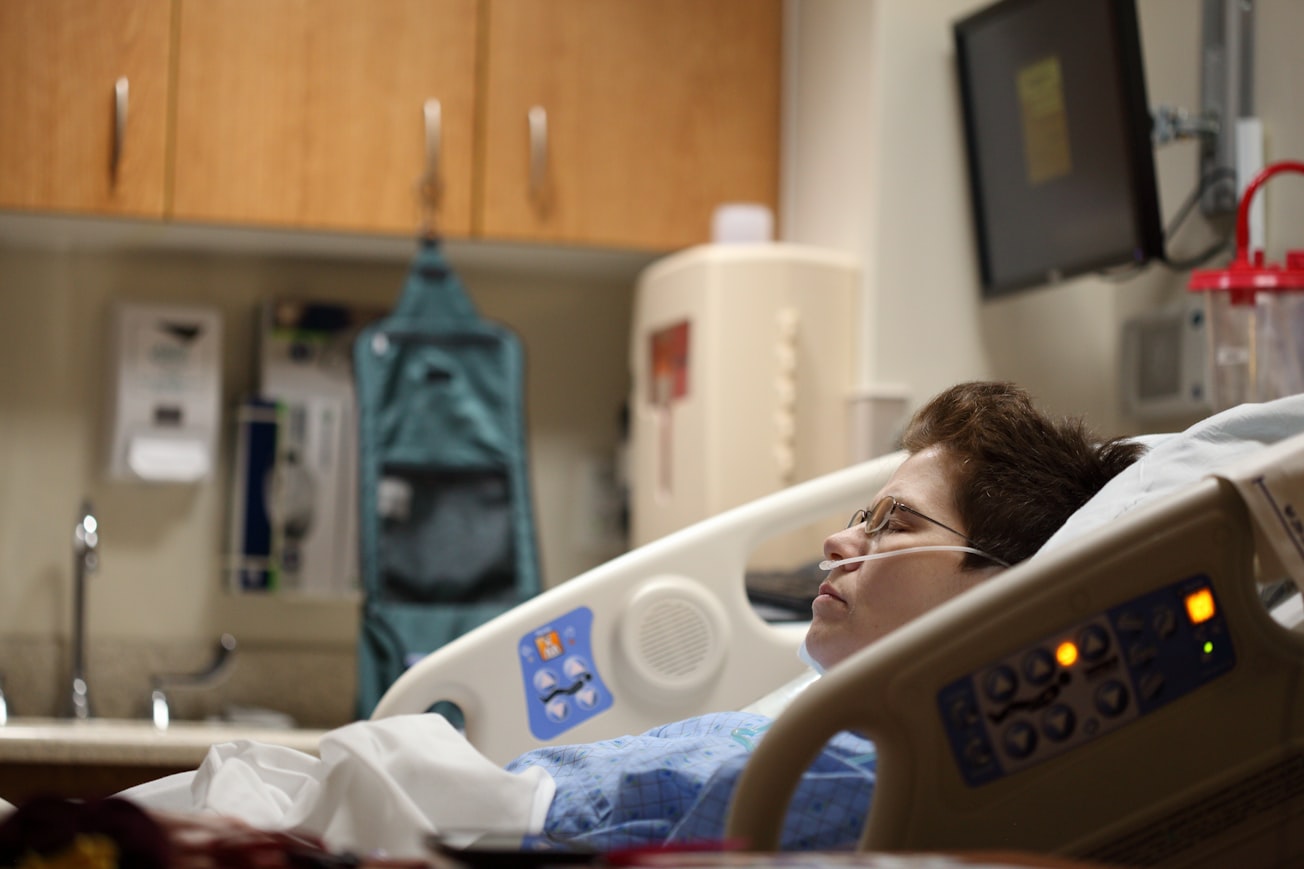What is it about?
Pressurized carbon dioxide supplies used to be used at certain stages during general anaesthesia, and are still used in minimally-invasive “keyhole” surgery. In this report, we describe a case in which a carbon dioxide pipeline was mistakenly connected to an air outlet during renovations of a interventional radiology operating room. The misconception escaped routine pre-operative tests by the anaesthesiologist, and was only recognized after a patient developed severe signs of inhalation of high concentrations of carbon dioxide under anaesthesia. Fortunately, rapid steps to provide oxygen from a separate source were successful, and the patient recovered quickly and fully.
Featured Image

Photo by Sharon McCutcheon on Unsplash
Why is it important?
Despite many checks in place to prevent it, cases of inadvertent misconnection of gas supplies during anaesthesia continue to occur around the world. This has and can result in injury or death. By sharing how cases occur, we can highlight steps to prevent future mishaps. In this case, gas analysis (rather than simple pressure testing) after the renovations, and individual testing of each gas (oxygen, air and nitrous oxide) prior to starting the day’s cases may have prevented the accident.
Perspectives
In the high tech, high states and high pressure occupation of anaesthesiology, we often presume that every link in the chain of providing high quality care has been carefully checked. However, errors can creep in through sources beyond our control, and always maintaining a high level of awareness helps to detect problems as, or even before, they occur.
Prof Ross Hofmeyr
Department of Anaesthesia & Perioperative Medicine, University of Cape Town
Read the Original
This page is a summary of: Carbon dioxide: making the right connection, Southern African Journal of Anaesthesia and Analgesia, June 2017, Taylor & Francis,
DOI: 10.1080/22201181.2017.1332292.
You can read the full text:
Contributors
The following have contributed to this page







